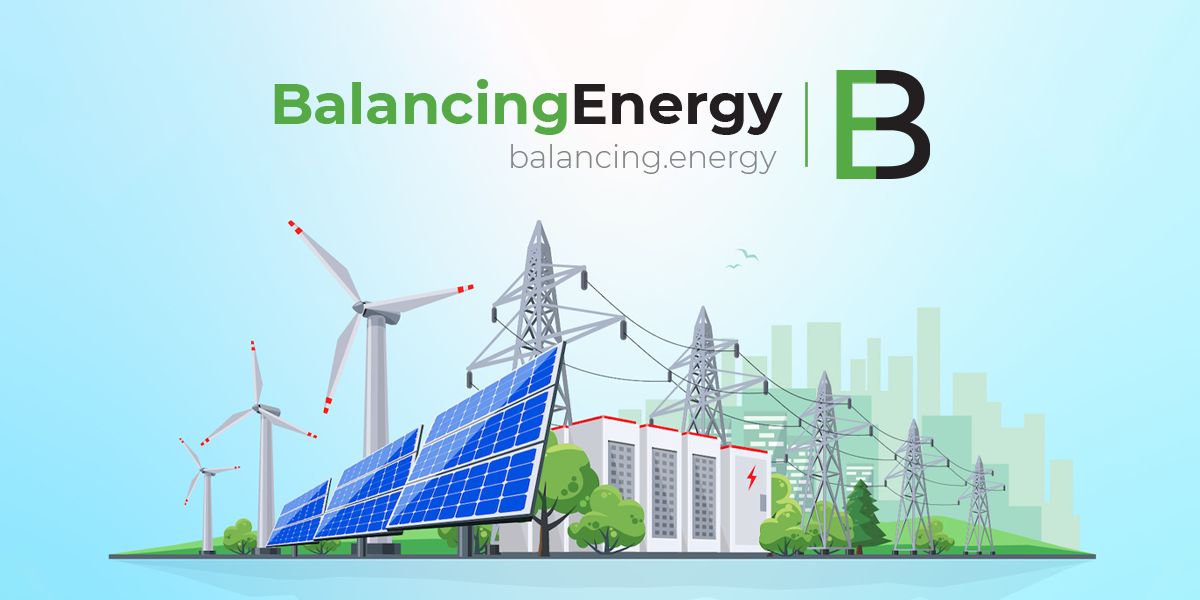The Electric Power Industry of Serbia (EPS) should remain majority state-owned and the country’s energy sector needs strategic partnerships and further funds to ensure its development, Serbian Deputy Prime Minister Ivica Dacic said Saturday.
Keeping the energy resources in majority state ownership does not mean the state should have a monopoly in the field, Dacic said at the ceremony of putting into operation the second overhauled unit in the hydro power plant (HPP) Bajina Basta on the Drina river.
The ceremony in the town of Bajina Basta, western Serbia, was attended by Minister of Energy and Infrastructure Milutin Mrkonjic, Advisor of the Serbian Prime Minister for Energy Petar Skundric, EPS General Manager Dragomir Markovic.
Skundric said Serbia should invest in building the fifth unit in the HPP Bajina Basta in order to extend the HPP’s service life.
The hydro power plant has a total of four units, with its third unit currently undergoing modernization, an investment of EUR 77 million, of which EUR 30 million was secured by a loan from KfW Bankengruppe, a German government-owned development bank, while EUR 47 million was provided by EPS.
After the overhauling of all four power units is completed, the HPP’s power will rise from 368 to 420 megawatts, said Skundric.
He said that a tender for the modernization of the first generator unit in the HPP Zvornik should be called by the end of the year, adding that the works on the plant should commence in 2013.
Over the last three to four years, the investment in the energy sector amounted to between EUR 450 and 500 million, and the sector had a solid three-percent growth during the economic crisis, said Skundric.
Source emg.rs











